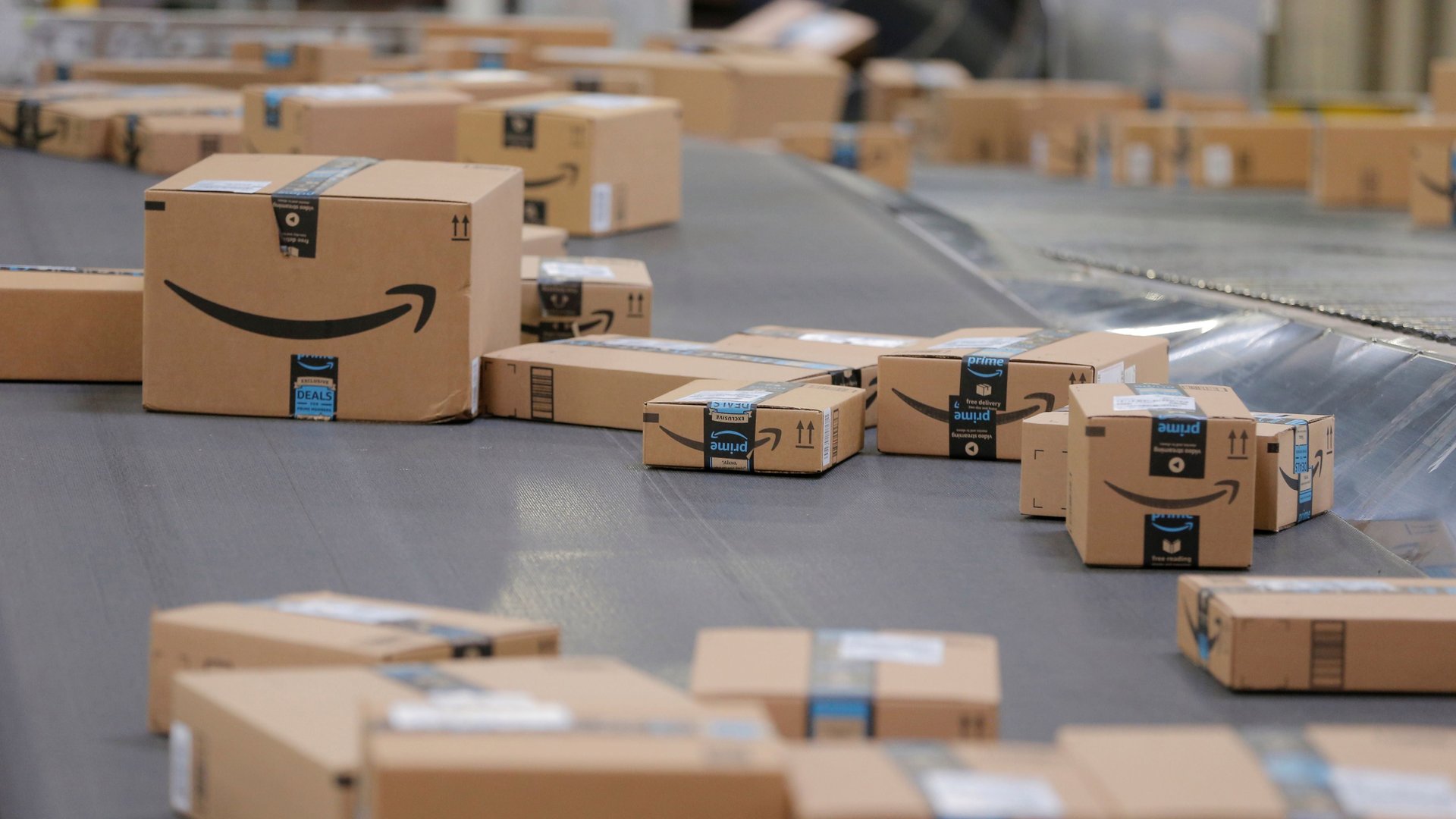Amazon just raised the price of Prime. It’s about time
Take a deep breath: Amazon Prime is about to get more expensive.


Take a deep breath: Amazon Prime is about to get more expensive.
Amazon said today (April 26) that the price of Prime, its signature membership program, will jump 20% to $119 from $99 in the US. The change will kick in for new subscribers on May 11, and for those renewing their Prime accounts in June.
It’s about time.
When Amazon launched Prime in 2005, the program was priced at $79. Amazon kept it there for the next nine years, even as it added a host of benefits to the service. When Amazon finally raised the price of Prime for the first time in 2014, to $99, it was already worth about $97 based on simple inflation from the original $79 cost.
You can see in the chart below how the value of Prime increased over those first nine years relative to what consumers were paying, just thanks to inflation. The blue line shows the buying power of $79 in January 2005 for January of each subsequent year.
For the last four years, the price of Prime has been roughly equivalent to its original cost, in inflation-adjusted terms. Again, that’s as Amazon has added tons of benefits: Prime now includes not just free two-day shipping, but free one-day and same-day shipping in many markets. It comes with free access to Amazon Prime video and streaming music, and a laundry-list of other perks. On April 18, Amazon CEO Jeff Bezos said Prime had topped 100 million members globally.
What Amazon’s latest Prime price increase indicates is that the company now definitively believes Prime is worth more. Adjusted for inflation, that original $79 as of January had the purchasing power of about $103. The new price represents a 16% premium over that.
“The value of Prime to customers has never been greater,” Amazon chief financial officer Brian Olsavsky told investors on the company’s first-quarter earnings call. Amazon smashed analyst expectations, thanks in part to strong results from subscription services, which includes revenue from Prime. In 2014, Olsavsky said, Amazon Prime members had access to 20 million products within two days. “Today you get over 100 million products within two days, and many, many products within one day, same day, or two hours,” he said. “So there’s all kinds of new features that we’ve continually added to the Prime program, it’s much different than it was in 2014. This is a reflection of that.”